With thousands of people raving about the benefits of kojic acid on TikTok lately, you might be wondering if the solution to fading dark spots on your skin at home, without spending a fortune on expensive lasers or peels, is finally within reach… and your wallet.
So we decided to delve deeper into the topic to clarify – literally, taking advantage of the pun – all the doubts you might have regarding the use of kojic acid for the skin.
What exactly is kojic acid?
To get technical, Ife J. Rodney, PhD, board-certified dermatologist and founding director of Eternal Dermatology Aesthetics in Fulton, Maryland, tells SELF that this active ingredient is a natural byproduct of the fermentation of fungi like Aspergillus oryzae, which—fun fact—is the same process used to make sake, soy sauce, miso, and other fermented culinary favorites. As a skin-care ingredient, however, its main attribute that’s made it famous is that it directly targets—and reduces—the excess pigment responsible for skin discoloration in the first place.
But as you may already know—perhaps from your trial and error— hyperpigmentation is notoriously difficult to remove quickly. In fact, “there’s no product that will erase these marks in just a few days,” Dr. David Kim, a board-certified dermatologist at Idriss Dermatology in New York City, tells SELF.
While kojic acid isn’t an instant fix, the rewards will be worth the wait. “When used consistently and correctly, kojic acid improves the appearance of dark spots in all their forms, including sun damage and post-inflammatory [acne] hyperpigmentation,” she explains.
How does kojic acid help your skin?
You know that frustrating moment when that giant pimple finally disappears, only to leave behind a hard-to-ignore mark as a parting gift? That’s post-inflammatory hyperpigmentation, which occurs when the body overproduces melanin, the pigment that gives skin its color, and gives stubborn dark spots their color. This happens in response to inflammation, such as from a breakout or even an insect bite. And this is where kojic acid comes into its own.
Specifically, it lightens the complexion by blocking tyrosinase, the enzyme responsible for melanin production. By slowing down this process, it prevents new marks or spots from developing on the skin, explains Dr. Rodney.
While kojic acid can help improve the appearance of older spots, don’t expect miracles for stubborn marks you’ve had for years. In these cases, “the pigment is often much deeper under the skin,” Dr. Rodney points out, making it difficult for any topical treatment to penetrate. Dr. Kim also notes that ” melanin production has likely stabilized or slowed significantly” in these cases, meaning kojic acid won’t have as potent an effect.
For this reason, both dermatologists say you’re more likely to reap the benefits of kojic acid on newer, more superficial spots, or those that have only appeared for a few months. That said, “while it won’t eliminate long-standing hyperpigmentation, it doesn’t hurt to introduce brightening ingredients like kojic acid, which boost overall [skin] radiance and prevent spots from worsening over time,” adds Dr. Kim.
Another type of hyperpigmentation that kojic acid is particularly helpful with is melasma, a persistent and difficult-to-treat skin condition characterized by brown or grayish patches. Unlike post-inflammatory hyperpigmentation, melasma involves excess melanin in the superficial and deep layers of the skin. Furthermore, it is caused by hormonal fluctuations that increase melanin production, making it even more difficult to find a permanent cure.
For these reasons, both dermatologists emphasize that surface-lightening agents like vitamin C and niacinamide—a form of vitamin B3 —are limited in their reach on their own, and that specific pigment inhibitors may be necessary to regulate melanin production at its source. Kojic acid is one of the few skin treatments that is both effective and affordable, according to research and the experts we spoke to. One study published in the U.S. National Library of Medicine (NLM), for example, found that 1% kojic acid reduced both pigmentation and the severity of melasma over the course of three months. However, it’s worth noting that its effects were more pronounced when combined with stronger, prescription-grade treatments like hydroquinone and betamethasone valerate, a corticosteroid.
There are plenty of other dark spot treatments out there that do the trick. But one of kojic acid’s standout benefits is how gentle and low-risk it is for almost any skin type—yes, even sensitive and eczema-prone skin. “It might be confusing since it has the word ‘acid’ in its name, but it’s not an irritating ingredient,” says Dr. Kim. “Everyone can benefit from it, regardless of skin type or tone.” (The only real risk, according to Dr. Rodney, is irritation, but that can happen with almost any new product—more tips on how to keep this in mind later.)
On the other hand, brightening alternatives like chemical exfoliants —such as salicylic acid or glycolic acid —are great for sloughing off the top layer of skin and revealing a fresh layer underneath. However, as Dr. Kim points out, a common downside to exfoliants is that they’re sometimes too harsh for sensitive or eczema-prone skin. Similarly, with vitamin C for skin, it’s effective but also particularly potent, so applying too much would increase the risk of irritation.
And then there’s hydroquinone, another well-known, if somewhat controversial, tyrosinase inhibitor. Like kojic acid, it blocks melanin production, but it comes with some potential risks: Specifically, prolonged use—more than six months—can lead to excessive lightening of the skin’s natural color (known as “ghosting “ ) and, in rare cases, can lead to a condition called exogenous ochronosis, or blue-gray discoloration. This essentially makes the very pigmentation issues it was intended to address worse in the first place.
How long does it take to see results from kojic acid?
Realistically, “it can take three months or more to see visible improvements,” Dr. Rodney points out. That may sound disappointingly long, but consider this: Dark spots can take six months to a year—sometimes longer—to disappear on their own. So, in the grand scheme of things, that’s a huge win.
How often should you use kojic acid to achieve these results? “At least once a day, twice at most, although it doesn’t matter whether you use it in the morning or at night,” adds Dr. Rodney. However, if you’re new to kojic acid and have very sensitive skin, it’s best to start slowly, such as once a week, to monitor for any adverse reactions. But the goal, according to Dr. Rodney, “should be to increase the frequency as tolerated. Otherwise, you won’t see significant improvement using it once or twice a week.”
How to use kojic acid in your skincare routine?
The sooner you start using kojic acid after the spot appears, the better. But if you didn’t spot that dark spot right away, don’t worry: it’s still worth a try. When incorporating kojic acid into your routine, keep these expert tips in mind:
- Start with a small patch test. Although kojic acid is low-risk, it’s a good idea to test a small amount on your forearm before applying it all over your face. According to Dr. Rodney, any stinging, burning, or burning sensation should be a sign that you should stop using it, as it indicates irritation.
- Aim for a concentration of 1% or less. Kojic acid is available in creams, lotions, soaps, cleansers, and serums in concentrations up to 4%. However, Dr. Rodney—and the European Union’s Scientific Committee on Consumer Safety—generally recommends applying a concentration of 1% or lower, unless otherwise recommended by a board-certified dermatologist. This way, you’ll still get the brightening effects without increasing the risk of irritation.
- Combine it with other dermatologist-approved products. Both experts agree that kojic acid is gentle enough to use alongside niacinamide, tranexamic acid, and vitamin C without causing an adverse reaction. A study also published in the NLM found that a kojic acid serum that also contained niacinamide and tranexamic acid produced significant improvement in hyperpigmentation and melasma after 12 weeks.
- Don’t forget sunscreen. To ensure kojic acid’s hard work pays off, it’s essential to protect your skin afterward with at least SPF 30. Even low levels of UV exposure worsen pigmentation, so using sunscreen is a simple but crucial step to prevent new spots from forming and fade existing ones.
Studies cited in this article:
- Kojic Acid vis-à-vis its Combinations with Hydroquinone and Betamethasone Valerate in Melasma: A Randomized, Single Blind, Comparative Study of Efficacy and Safety.
- Effect of a Tranexamic Acid, Kojic Acid, and Niacinamide Containing Serum on Facial Dyschromia: A Clinical Evaluation.

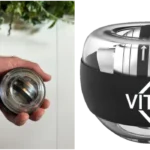







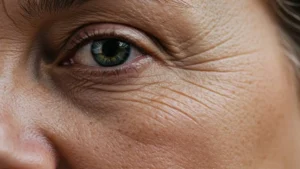
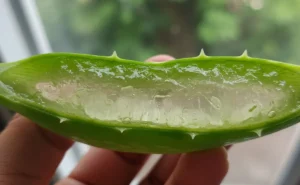

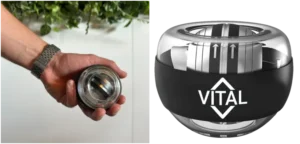






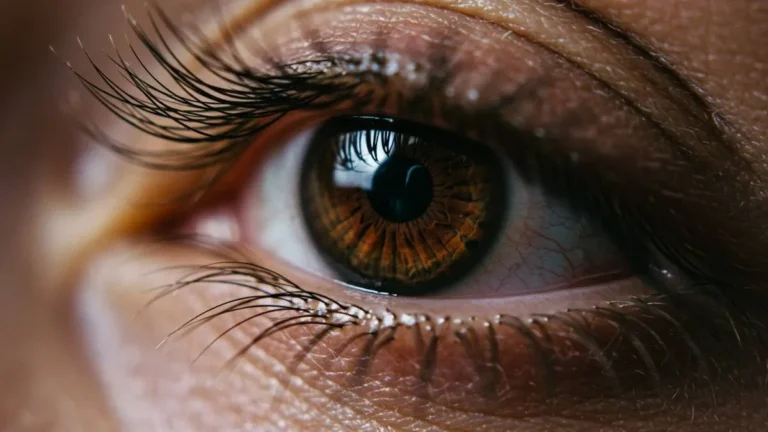



+ There are no comments
Add yours